
In November, we spent several days mountain biking the Sacred Valley in Peru, and after sampling the trails at the north end of the valley, we made our way to the south end to ride four more areas: Huchuy Qosqo, Racchi Caleta, Urquillos, and Moray & Maras.
Huchuy Qosqo
The Huchuy Qosqo ride is emblematic of “Timeless Peru,” the living museum. This ride offers the massive elevation loss typical of Sacred Valley routes, and literally descends not just through bio/geo/climate zones, but also through history as the building styles and architecture morph and meld. The ruins we experienced on this ride were part of the estate of the emperor Viracocha Inca (1410-1438). The trails we rode were also built at this time, possibly even earlier.
While the Inca didn’t use ‘slaves,’ nor did they tax the people they conquered, the workers toiled under a Mit’a system whereby the people would work for the Inca for a period of time before they were allowed to be ‘free’ to live on their own. Obviously this created a large workforce capable of completing some amazing rock work.
Huchuy Qosqo – Mountain biking Peru from Lee Lau on Vimeo.
The ruins of Huchuy Qosqo lie at 3,700m in elevation. We started our ride on the high plateau at 4,400m and ended in Lamay at 3,000m. There are no roads to this site, so the only way to visit without a bike is to take a strenuous hike from Lamay (lame) or to hike the route we rode (also lame). The hike usually takes a day or two, which threatens to cut way too much time out of cerveza treinta (beer thirty) for our party.
The high plateau is used by the community to farm and graze llamas. There are some roads, but we chose to freeride to the start of the Inca road. We followed the Inca road through some incredible Inca construction, the sight of which never seems to get old. We then descended the mother of all steep stairs with amazing views of the Sacred Valley. This is a worthy ride for the trail, the ride experience, the views, and the history.





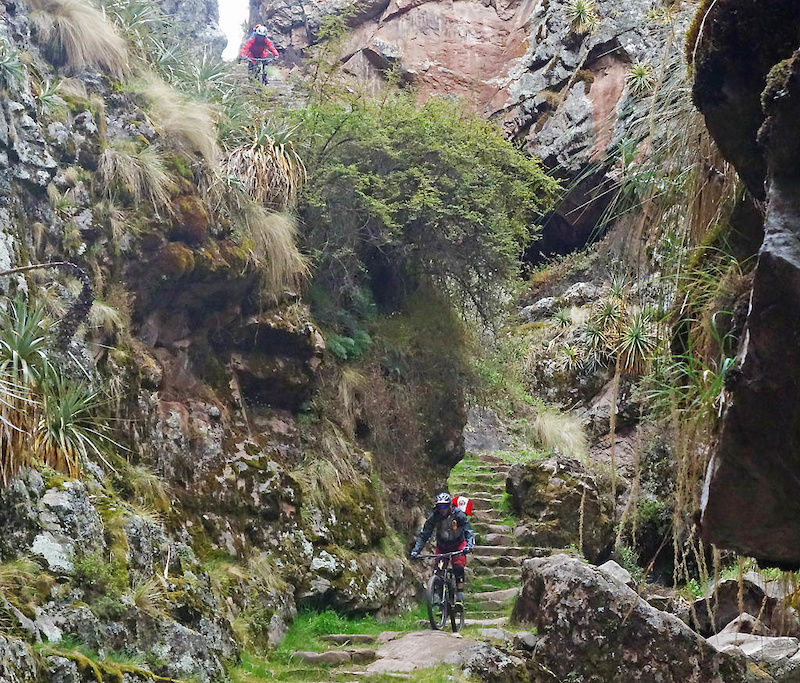


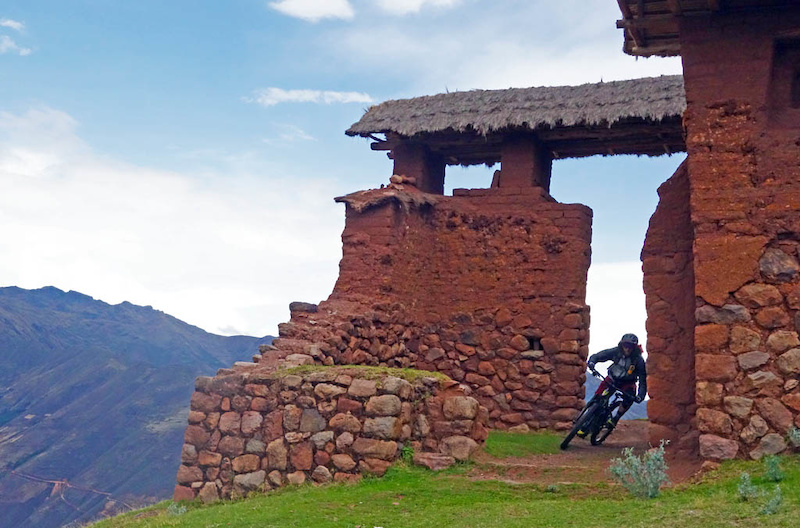


After the ride we had lunch in Lamay at the Parwa Restaurant. The community created this restaurant as a destination for people visiting this site. They serve authentic Peruvian food, though you must make a reservation so they know you’re coming. All proceeds from this restaurant go to supporting the community.
Racchi Caleta
There are four Racchi routes to choose from, each beginning at the overlook on the Urubamba-Cusco road. Riders can easily complete these routes through pedal-power or using a shuttle assist, with each route offering approximately 800-1,000m of elevation change. Some routes are even maintained by local riders and the crew from Holy Trails, including the Santissimo Downhill course. We chose the Racchi Caleta route which features an enjoyable 800m descent. The last part of the route we rode includes the Santissimo DH course and ends at Diego’s family property at Huayllabamba.
Racchi – Caleta – Mountain biking Peru with Holy Trails from Lee Lau on Vimeo.


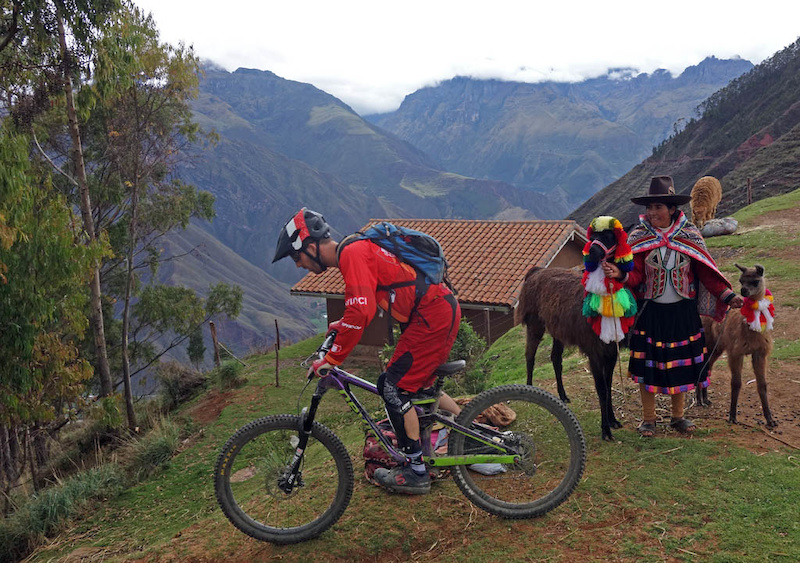


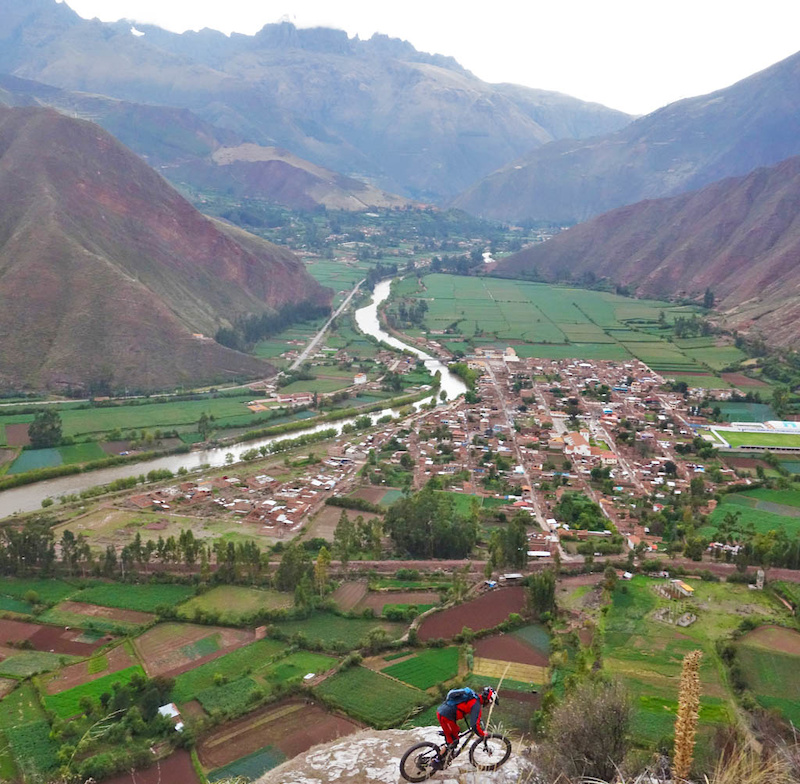
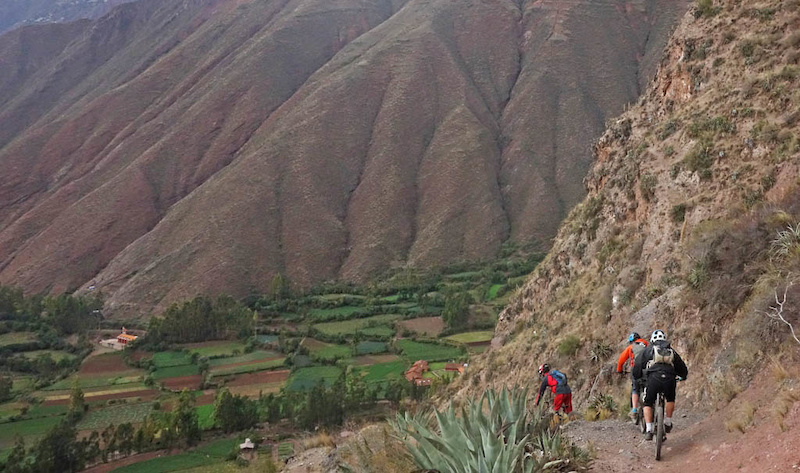

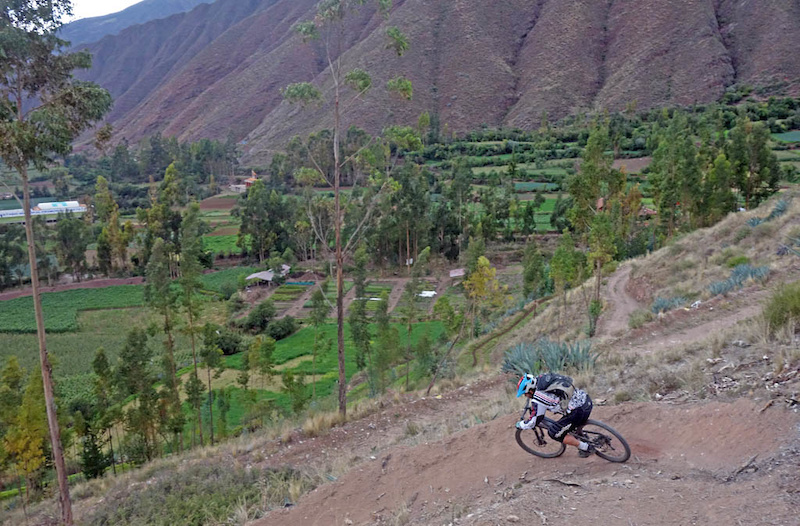
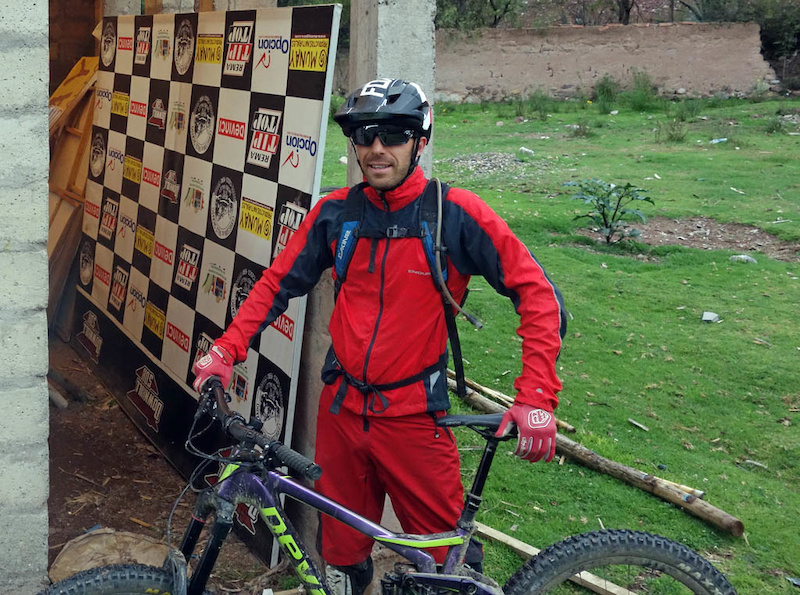
Urquillos
The Urquillos ride led by Holy Trails MTB Peru includes a 1,650m vertical truck assist from the Sacred Valley to the alpine above. True singletrack through the páramo, a high elevation forest, and a brake-burning descent await. And of course we finished the ride with more Inca sites.
This trail is deliberately not described in detail here because access is via a gated road with the gate monitored and the road used by the local community. Diego has negotiated with the local community and contributed money and resources so the community has granted him access. This means that the trails are rarely used and the alpine in particular is relatively untouched.

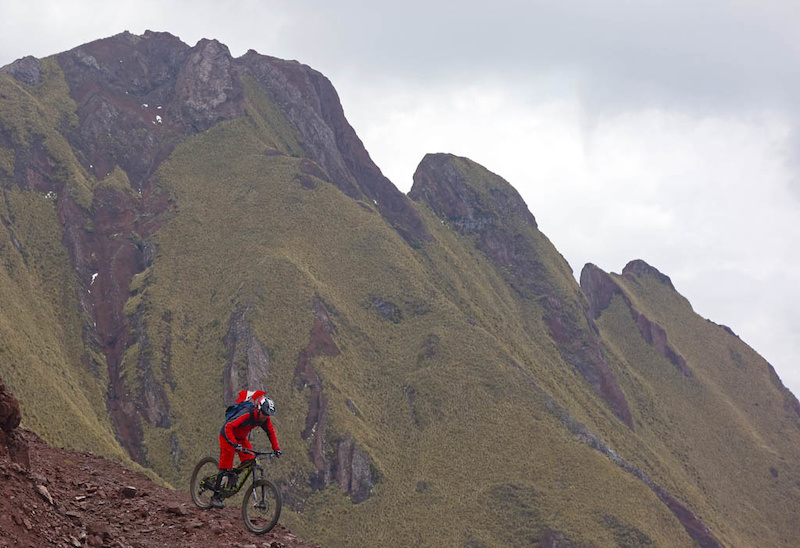
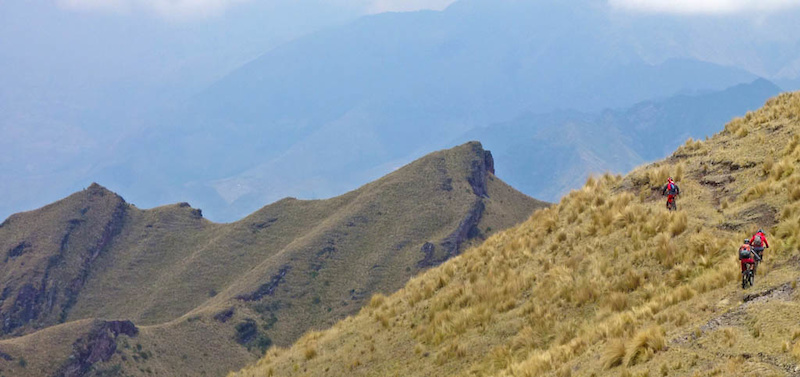


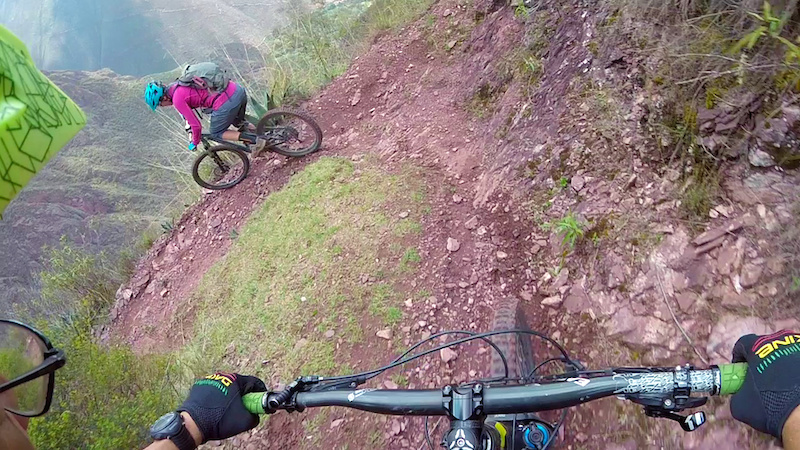
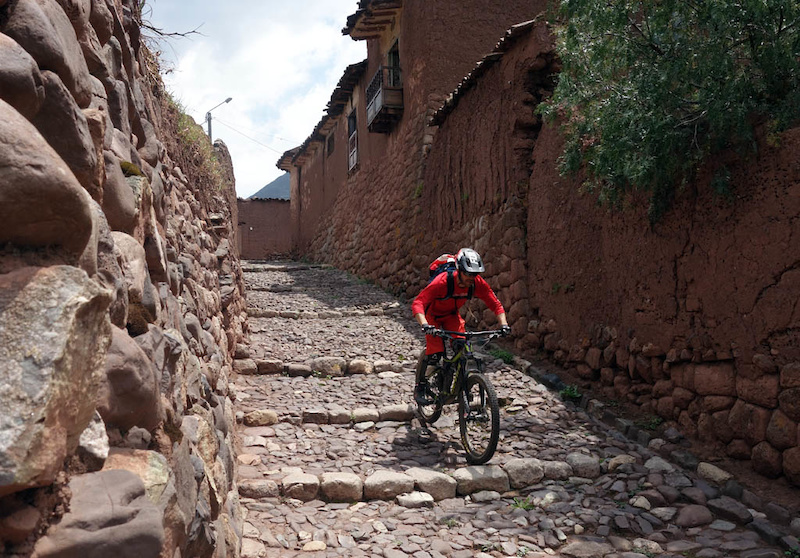
Moray & Maras
Holy Trails sets up the Moray & Maras route to be a chill day of riding with the opportunity to see more Inca history and partake in local culture. The town of Maras allows access to two archaeological Inca sites – the Moray Inca Ruins and the Maras Salt Ponds. We drove through Maras and were dropped off at 3,800m in Misminay.
From Misminay we rode through villages to view the Moray Terraces. These were built by the Inca and are thought to be research terraces where the Inca would plant different crops at different elevations and aspects to see how they would grow. This south side of the valley is considered drier then the north side which has the more glaciated peaks.
Maras – Moray – Mountain biking Peru with Holy Trails from Lee Lau on Vimeo.
After seeing the Moray Terraces, we continued riding though more fields, then the town of Maras at 3,400m, and down to the salt ponds. A unique high salt spring is located here that the Incas or possibly pre-Incas discovered. At Maras there is a geological fault through which salt percolates from sea level through fissures. A system of channels focuses salt-infused water into pools and ponds, all of which are 4m wide, 4m long, and 30cm deep.
The ponds are maintained to create a consistent flow down the slope to subsequent ponds where the water evaporates and the salt collected. This cooperative effort has existed since the creation of the Maras salt mine, with all money from the ponds going back to the community. We bought some salt here, which is highly recommended by gourmet cooks worldwide. We then rode past the ponds and down to the community of MediaLuna at Tarabamba on the Rio Urubamba at 2,880m.





Being back at Villa Urubamba by midday allowed us time to take a moto taxi into the city center of Urubamba to check out the market. While a taxi costs about 7 Soles (about $2.15 USD), the moto taxi costs 3 or 4 Soles depending on your bartering skills. Since Urubamba isn’t really a tourist town, the market is for real, with products that people within the community would buy, as well as food. If you haven’t been into a South American meat market, it is pretty interesting. There are some goods tourists may want to buy, like a bandera or Peruvian jersey.


Stay: Natura Viva
When Diego mentioned we could stay in the Skylodge, we asked what is that? He said its a hotel bolted to the side of the mountain. Oh, sure… We have never done a Via Ferrata, which is how you get there, nor have we zip-lined, which is how you leave. So this was an interesting opportunity to do three new things!
Natura Viva is also considered one of the top 10 Adventure Lodges according to National Geographic. Everything guests need for the night must be carried up the Via Ferrata. The Via Feratta climb to the pods is easy for non-climbers who are fit, not afraid of heights, and open to adventure. It took as about an hour and a half to make the 400m climb at a relaxed pace. It was basically like climbing up on ladders.
Fortunately, for those who might get nervous, there is an alternate trail to the top. We were treated to a nice dinner, with a bottle of wine. We went to bed in our pods and enjoyed the night view. It was amazingly quiet considering we were above the road. In the morning we roped up to go to breakfast, then walked around for about an hour while our guides cleaned up.
Finally, we zip-lined back to the base. Having never climbed before, this was a cool experience. It wasn’t that difficult and we were roped in and accompanied by a guide the whole time.
There are bathrooms in each pod, and also hot water and tea which was great for the morning. The bathrooms are eco-friendly and may put some people off, but considering the location, the methods they use seem to be very good and sustainable.
For more information, including recommendations for places to eat and additional ride videos, please visit our personal blog.
This is part 3 in a series about mountain biking in Peru. Click here to get caught up with part 1 and part 2.















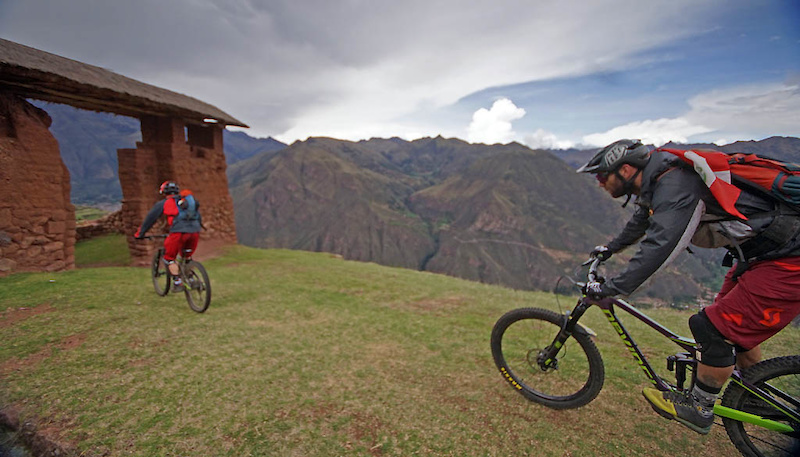

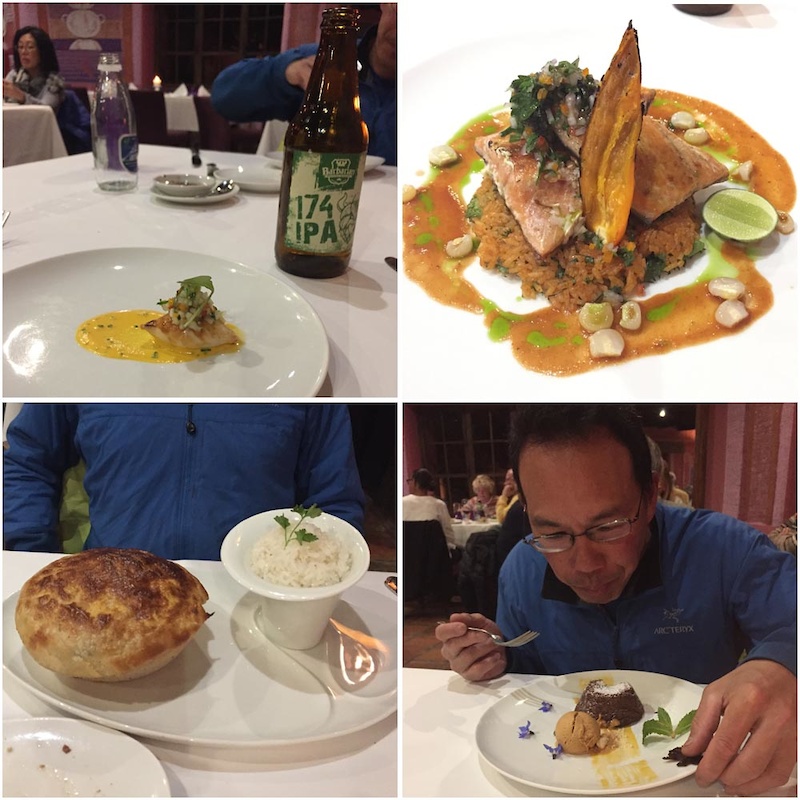
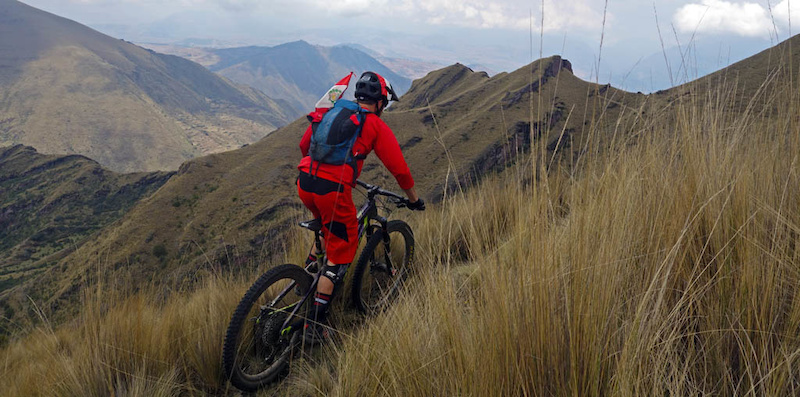
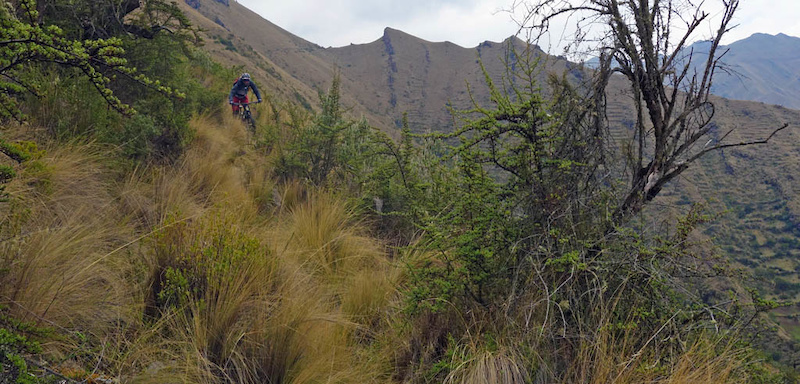

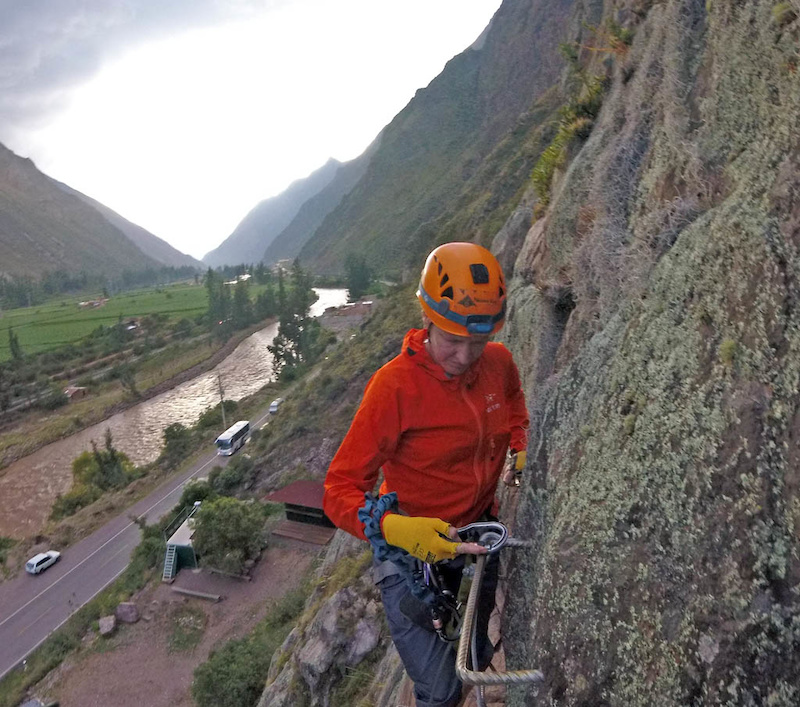
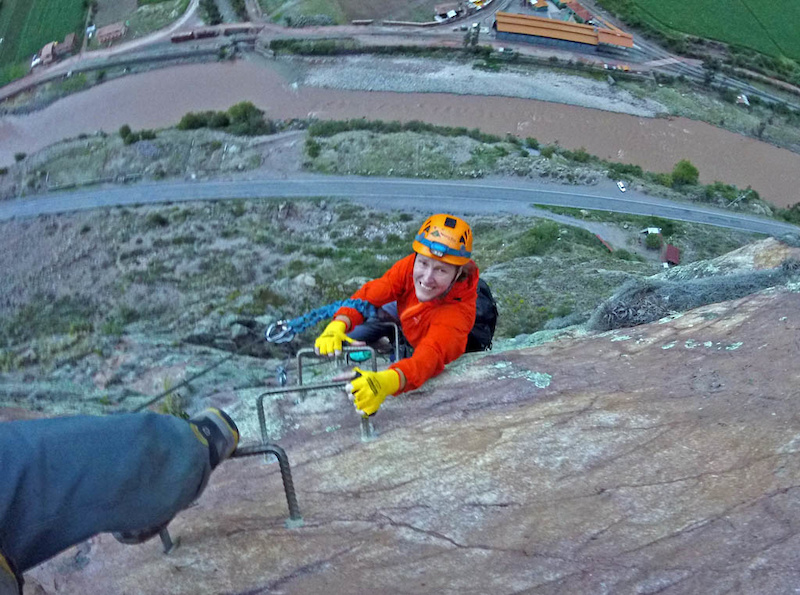




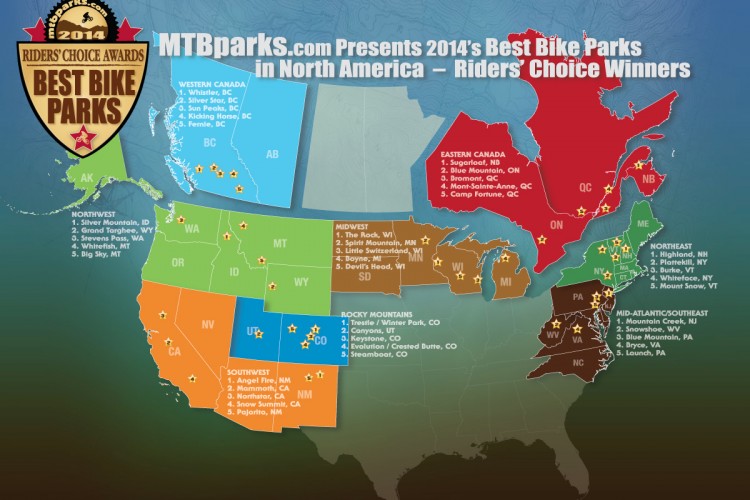
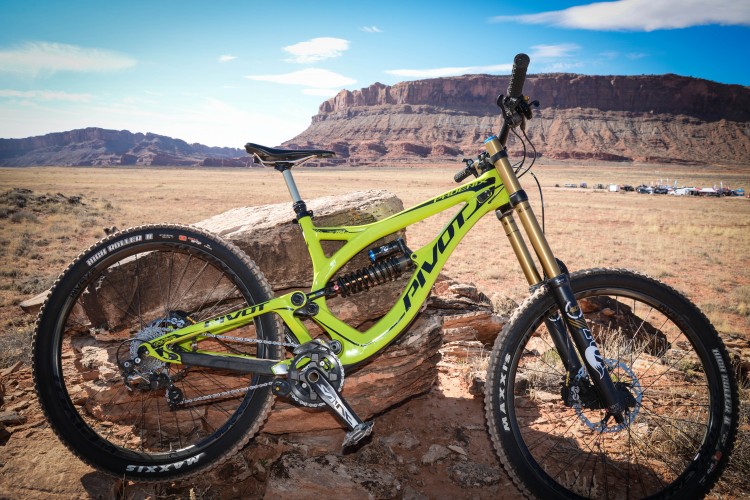






0 Comments